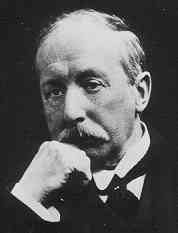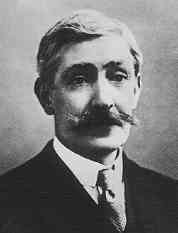CA – Cellulose acetate
CA – Cellulose acetate
Application: Filtremembraner, centrifugefiltre, filters for cigarettes, Tool handles as screwdrivers, knive m.m. shoe heels. Glasses. Toy.
Bending: Hot bending is excellent.
Colors: From transparent to dyed in all colors.
Physiological properties: Does not cause allergies.
History:


The French Kemist Paul Schütze Berger manufactures cellulose acetate 1865.
I 1884 patents Charles Cross and Edward Bevan the first industrial process for manufacturing in the UK.
Trade names: Therefore – Zylonit – Zyl.
Identification fire test: Burns with a yellowish sooty flame.
Category: Cellulosic amorphous thermoplastics.
See also CAB – CAP – EC – CP – Cellulose-ester – Cellulose-nitrat – Cellulose_triacetat – Methyl_ cellulose.
Chemical structure: Cellulosic amorphous thermoplastics. Cellulose treated with acetic acid to form cellulose acetate.
Mechanical properties: Good impact strength with little kærvfølsomhed.
Optical properties: Transparent med en lysgennemgang på ca. 88%.
Welding: Stuksvejsning with about. 80 % strength of the original material. Varmluftsvejsning with 90 % strength. Induktionssvejsning. Friction welding. Viberationssvejsning with 80 % strength.
thermal properties: Becomes brittle at freezing temperatures.
Thermoforming (Termoformning): Excellent
